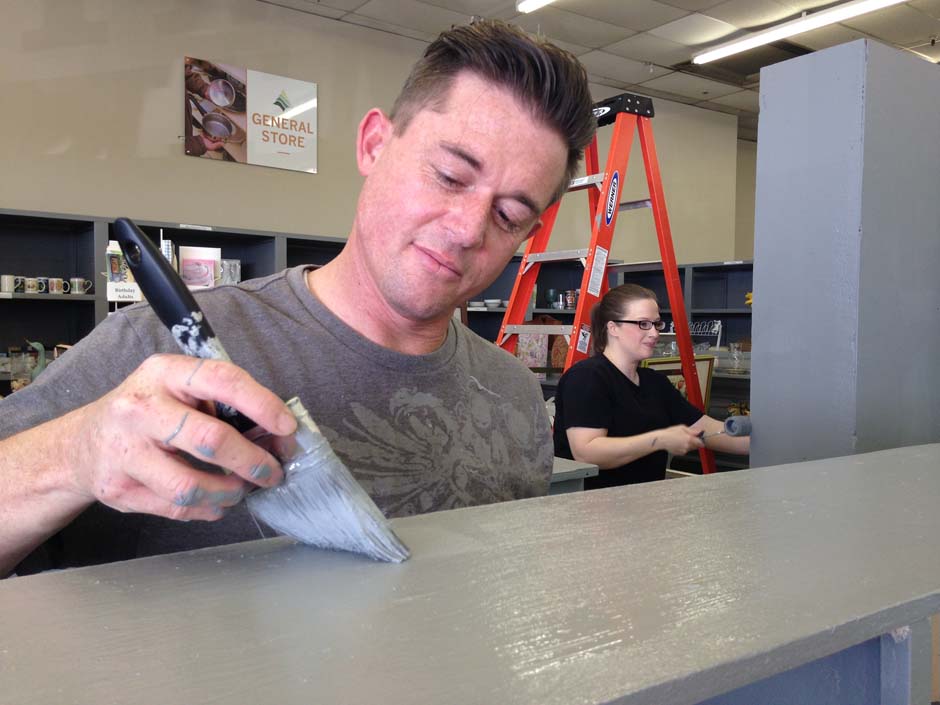Service Learning benefits students and community


Last school year, 31 of OCCC’s graduating students collectively completed the service learning program. In total, these student volunteers served 2,179 hours to the community, said Kendra Fringer, assistant director of Student Life.
The cost of 2,179 service hours can be translated into $48,933.50 worth of labor, Fringer said.
The Service Learning program at OCCC was implemented through Student Life.
Fringer said the service learning program emphasizes the importance of understanding the impact of service on the individuals receiving services and the student providing it.
For many organizations, the commitment of service learning students can be a big factor whether an organization keeps their doors open, Fringer said.
“Organizations can’t hire a full-time person to do everything service learning students do,” she said.
Hospitals, hospice centers and clinics seek OCCC students enrolled in health-based majors because they need students with a special skill set and because they know those students require service hours for their class, Fringer said.
At OCCC, students have two separate service learning opportunities; Civic Honors and Campus Impact.
CIVIC HONORS
Civic Honors is a co-curricular connection to service learning. The service for this program must be activities completed outside the walls of OCCC, for a non-profit or not-for-profit organization, Fringer said.
Receiving Civic Honors requirements include completing 50 hours of service, attending two mentor sessions with Student Life staff, completing a reflective project of the experience, a portfolio, and attending a committee review at the end of the program.
Good academic standing is also a requirement of the program, Fringer said.
The reflective project provides the student the time to make the connection between their experience in serving and the classroom, she said.
After completing the 50 hours, reflection, and portfolio, students will attend a committee review with two Student Life mentors and an objective third party, Fringer said. The student will be given the opportunity to answer questions, receive constructive feedback, and defend their work in a safe environment.
In the 2015 school year, the program had 741 active participants and the number of participants and students completing the program continues to increase every year, Fringer said.
CAMPUS IMPACT
The second program is Campus Impact which has the same structure as Civic Honors but only requires 30 hours of service.
Campus Impact service must be activities that give back to the college directly to support it and its students. Some activities include Opening Day, giving campus tours, and participating in Adopt-a-Street events.
Not only do students begin to make deep connections to the service but benefit in many other ways, Fringer said.
“Students may find potential career fields, discover new passions and get job offers for after graduation,” Fringer said.
To get involved in Civic Honors or Campus Impact, students can stop by the Student Life office or contact them at 405-682-7523.
Currently, there are 800 students enrolled in the service learning program, Fringer said.
“Everyone’s experience is going to be a little bit different, and that’s the cool part.”